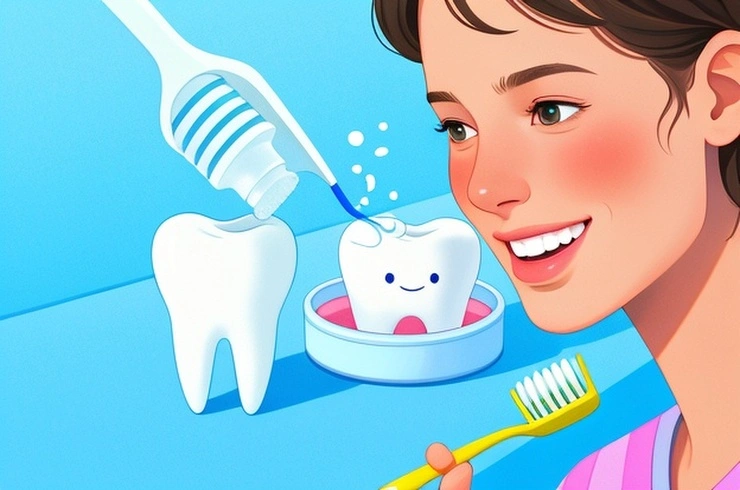
Fluoride, the iodized form of fluorine, is a naturally occurring mineral found in soil, water, and various foods. Its primary function in oral health is remineralization, a process where it helps restore lost minerals to tooth enamel, thereby enhancing both tooth and bone health. Saliva acts as a carrier, transporting fluoride to the enamel. When demineralization—the loss of minerals from enamel—is excessive, issues such as tooth decay can arise. Adequate fluoride levels are crucial in preventing these avoidable and often expensive dental problems.
A common indicator of fluoride deficiency is tooth decay. Insufficient fluoride exposure creates an environment where plaque-forming bacteria can thrive, producing acids that erode tooth enamel, leading to cavities. In older adults, weak or brittle bones can also signal a fluoride deficiency.
One of the most effective ways to ensure adequate fluoride intake is through municipal water fluoridation. The American Dental Association (ADA) strongly supports community water fluoridation, citing over 70 years of research demonstrating its safety and efficacy in preventing tooth decay. They advocate for an optimal fluoride level of 0.7 parts per million (ppm) in community water supplies. You can verify your local water's fluoride content by contacting your water supplier or, if using well water, by having it professionally tested. If levels are below 1 ppm, consulting your dentist for options is recommended.
Fluoride toothpaste is another widely used and highly effective method for maintaining oral health. Brushing twice daily with fluoride toothpaste, alongside using fluoride-containing mouthwashes or topical gels, significantly contributes to strengthening enamel. It's important to use a soft-bristled toothbrush to prevent enamel abrasion. Fluoride mouth rinses can be particularly beneficial for children prone to cavities. For children aged 2-6, parental supervision is essential to ensure they use only a pea-sized amount of toothpaste and avoid swallowing it. For babies with teeth, a tiny smear, no larger than a grain of rice, is sufficient.
For individuals at higher risk of tooth decay or those not receiving enough fluoride from their drinking water, dental office fluoride treatments can be invaluable. Dentists or dental hygienists can apply fluoride through foams in trays, rinses, or varnishes directly to the teeth. Patients are typically advised to refrain from rinsing, eating, or drinking for at least 30 minutes post-treatment to allow for maximum absorption.
At-home fluoride treatments, usually in the form of prescription gels, are available for individuals with a very high risk of cavities, such as those with dry mouth or undergoing radiation therapy. These are administered under the guidance of a dental professional.
The increasing popularity of bottled water has led to a decline in fluoride intake for many, as most bottled water brands do not contain fluoride. If bottled water is your primary source of hydration, it's crucial to check the fluoride content on the label or contact the manufacturer. Factors like the amount of bottled water consumed and whether it's used for cooking or rehydrating other foods also influence fluoride intake. Consulting a dental professional about fluoride treatments or supplements may be necessary.
Fluoride supplements, available as lozenges, tablets, or liquids by prescription, can be obtained from pharmacies or online. Discussing the need for such supplements with your dental professional is vital to ensure appropriate usage for yourself or your family members.
Ultimately, ensuring adequate fluoride intake—whether through fluoridated tap water, fluoride toothpaste, or supplemental treatments—is paramount for meeting ADA recommendations and safeguarding your dental health. Always remember that this information is for educational purposes and should not substitute professional medical advice; always consult your dentist or healthcare provider for personalized guidance.
Pro Tip
The content of the article is shared by netizens, please carefully identify it